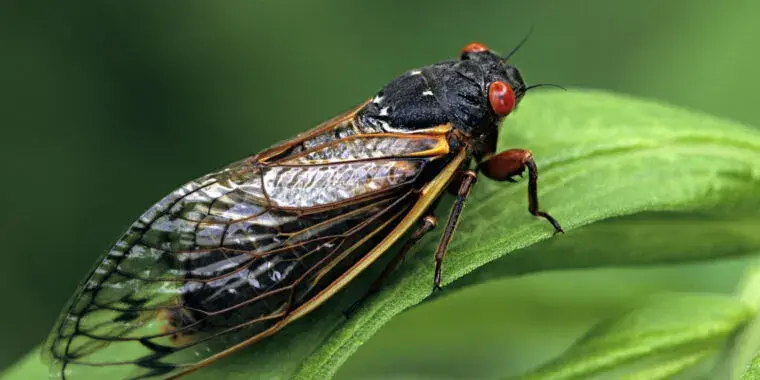So interesting to learn about the ecological impact of cicadas. Imagine being a bird right now in Illinois. They don’t even know how good they’re gonna eat this summer. I’m happy for them lol
🤖 I’m a bot that provides automatic summaries for articles:
Click here to see the summary
After 13 or 17 years (depending on the brood), countless inch-long adults dig themselves out in sync, crawling out of the ground en masse for a monthlong summer orgy.
During the 2021 Brood X emergence, Zoe Getman-Pickering, a scientist in Lill’s research group, found that as birds swooped in on cicadas, caterpillar populations exploded.
As temperatures rise in late April, pale, red-eyed cicada nymphs begin clawing pinky-sized holes in the ground, preparing for their grand May entrance.
Once fully grown and aboveground, adult cicadas shed their exoskeletons, unfurl their wings, and fly off to spend their remaining four to six weeks on Earth singing (if they’re male), listening for the sexiest songs (if they’re female), and mating.
Mother cicadas use the metal-enhanced saws built into their abdomens—wood-drilling shafts layered with elements like aluminum, copper, and iron—to slice pockets into tree branches, where they’ll lay roughly 500 eggs each.
And as their remnants make their way into woodland ponds and streams, cicada nutrients are carried downstream, where they may strengthen aquatic ecosystems far beyond their home tree.
Saved 84% of original text.

Mother cicadas use the metal-enhanced saws built into their abdomens—wood-drilling shafts layered with elements like aluminum, copper, and iron—to slice pockets into tree branches, where they’ll lay roughly 500 eggs each.
Whoa.

